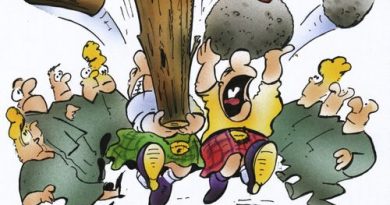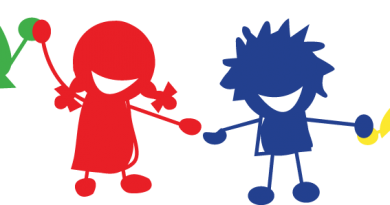THE JIGSAW STRATEGY: A PARAMOUNT EXAMPLE OF COOPERATIVE LEARNING.
The Jigsaw classroom strategy is not exactly new. In 1971, Elliot Aronson developed this research-based cooperative learning technique to promote a different kind of learning, where competition can turn into cooperation. The jigsaw technique is so named because each child in a jigsaw classroom has to become an expert on a single topic that is a crucial part of a larger academic puzzle.
On the grounds of this strategy, we find the widely admitted idea that cooperative learning structures are more likely to turn the classroom into a fun learning scenario than direct methods. However, in addition to the motivational benefits in the creation of a kind of work, which on the whole is a challenge that needs to be accomplished with the active involvement of all members, the cognitive demands lead children to share, organize, take decisions and assume responsibilities.
The steps to successfully implement the Jigsaw strategy can be summarized in several basic ideas:
- Design heterogeneous groups of 5 or 6 students, appointing one of them as leader (this role can rotate).
- Divide the task (challenge) into five or six segments, ensuring that children have access only to their segment. In guise of an example, studying the biography of a famous person (i.e. John Lennon) might be approached by “dividing his life into segments”: childhood, adolescence, meeting The Beatles, etc.
- Students need time to follow the suggested orientations to work on their segment, so that they become “experts”.
- Next, temporary groups of experts can be formed to discuss the main points on their segment, rehearse the way to present this knowledge to the group and so on. In this process, the teacher´s support through direct and individual attention is crucial so give clues, exemplify and instill confidence.
- Once this is done, children return to their original groups and present their segment to the group. The other children are expected and encouraged to make questions and ask for clarifications, ensuring the teacher that the information is fluid and effective.
- At the end of the process, we give them a quiz on the material, so that they complete their “jigsaw picture”.
Undoubtedly, the integration of educational digital technology in daily practice has opened an enormous window to widen the possibilities of the jigsaw technique. In this sense, it is highly probable that Aronson anticipated with a class dynamic that would be later enriched with resources and materials which really meet the demands of the method and can make the most of it.
Video by: Jennifer Gonzalez, Cult of Pedagogy. https://www.youtube.com/watch?v=euhtXUgBEts&list=PLHYbCvdfvXKzRipFscQPNSO0eY6EG7LFg




